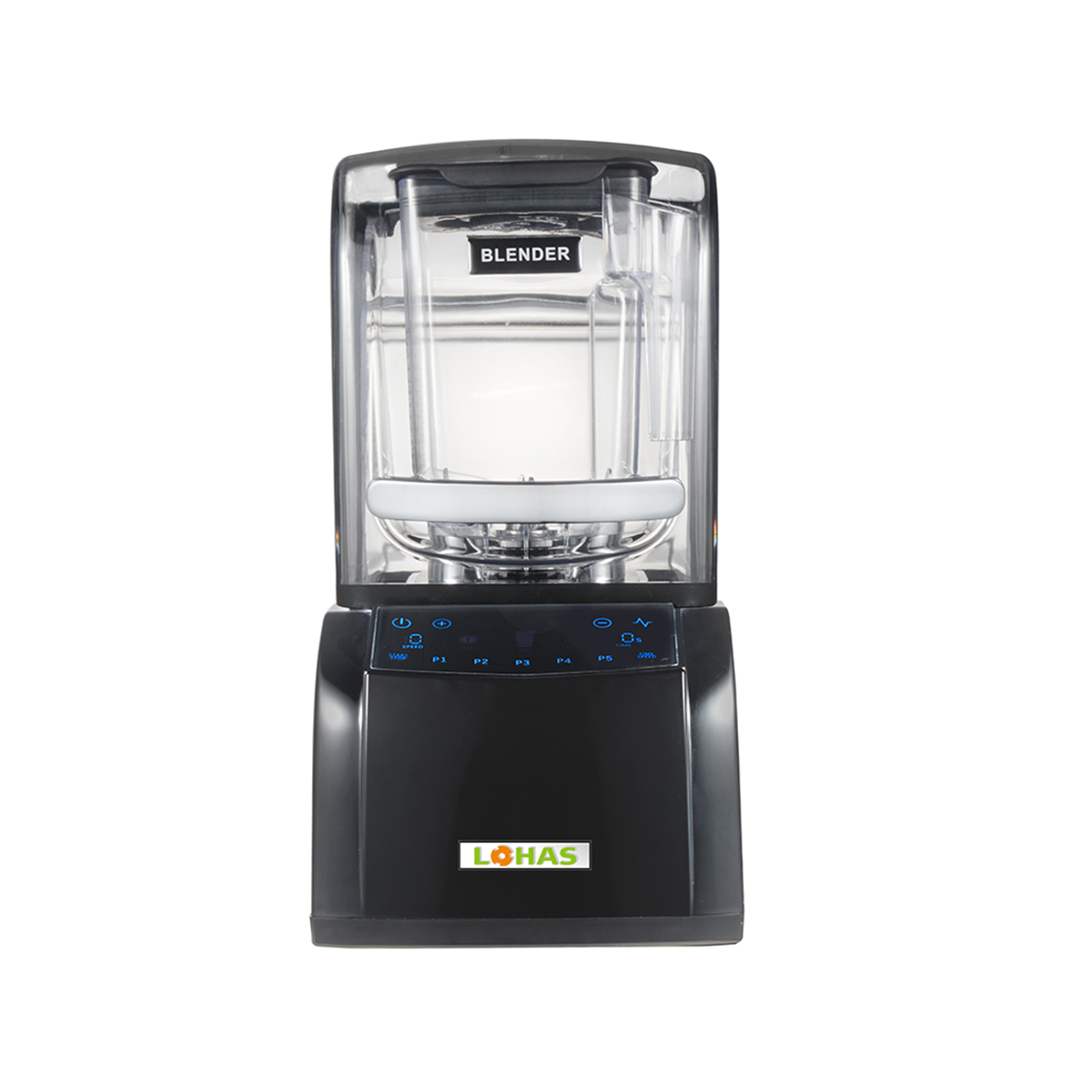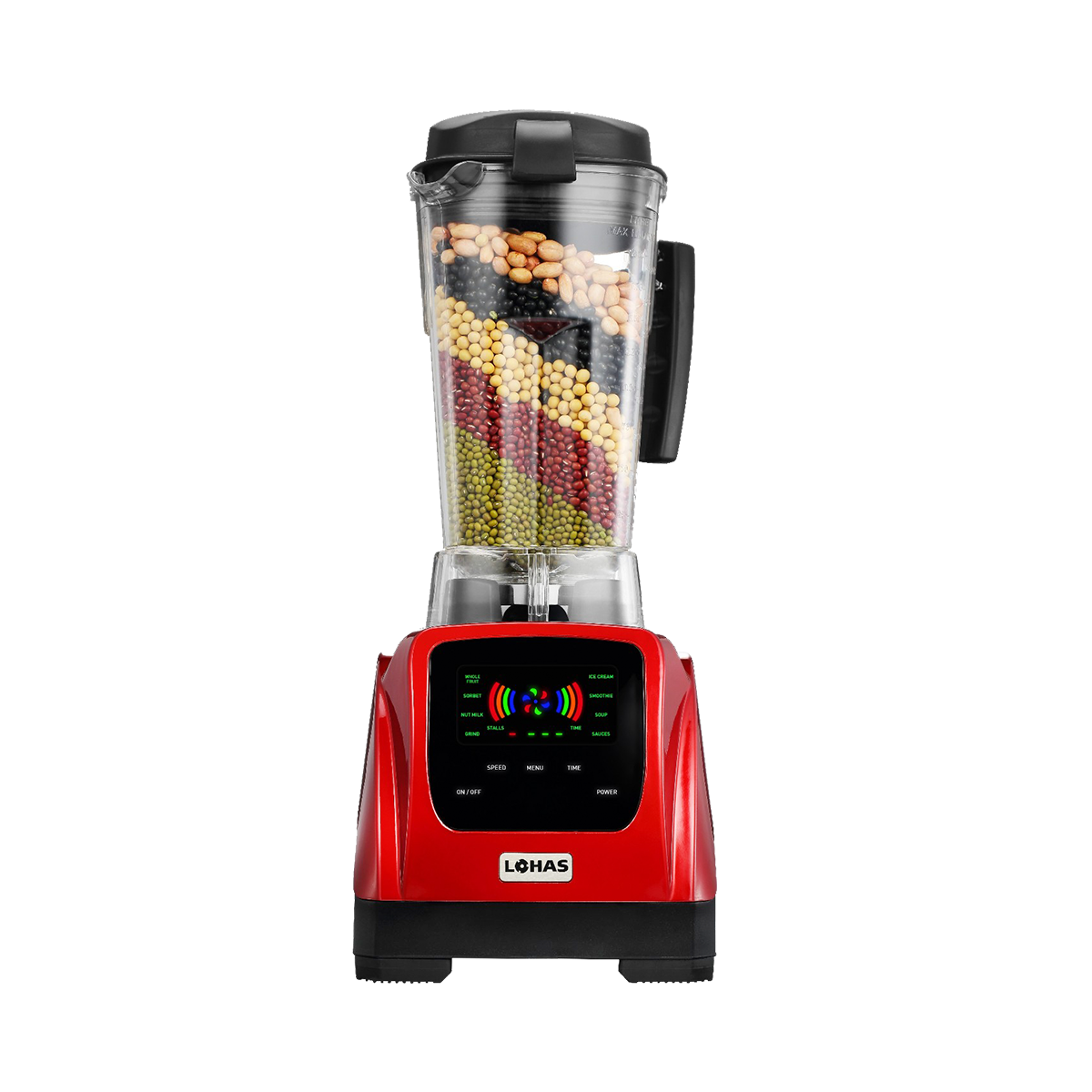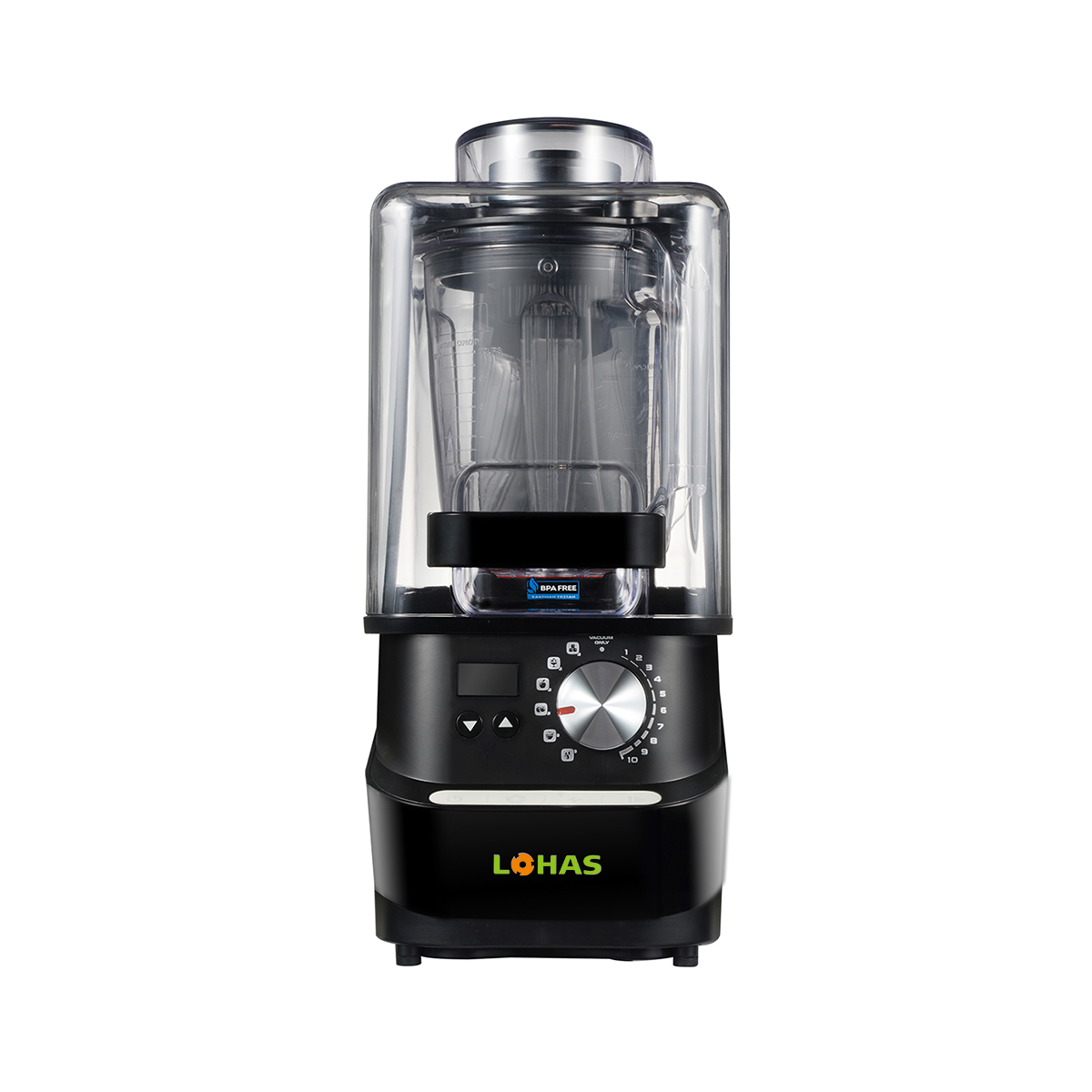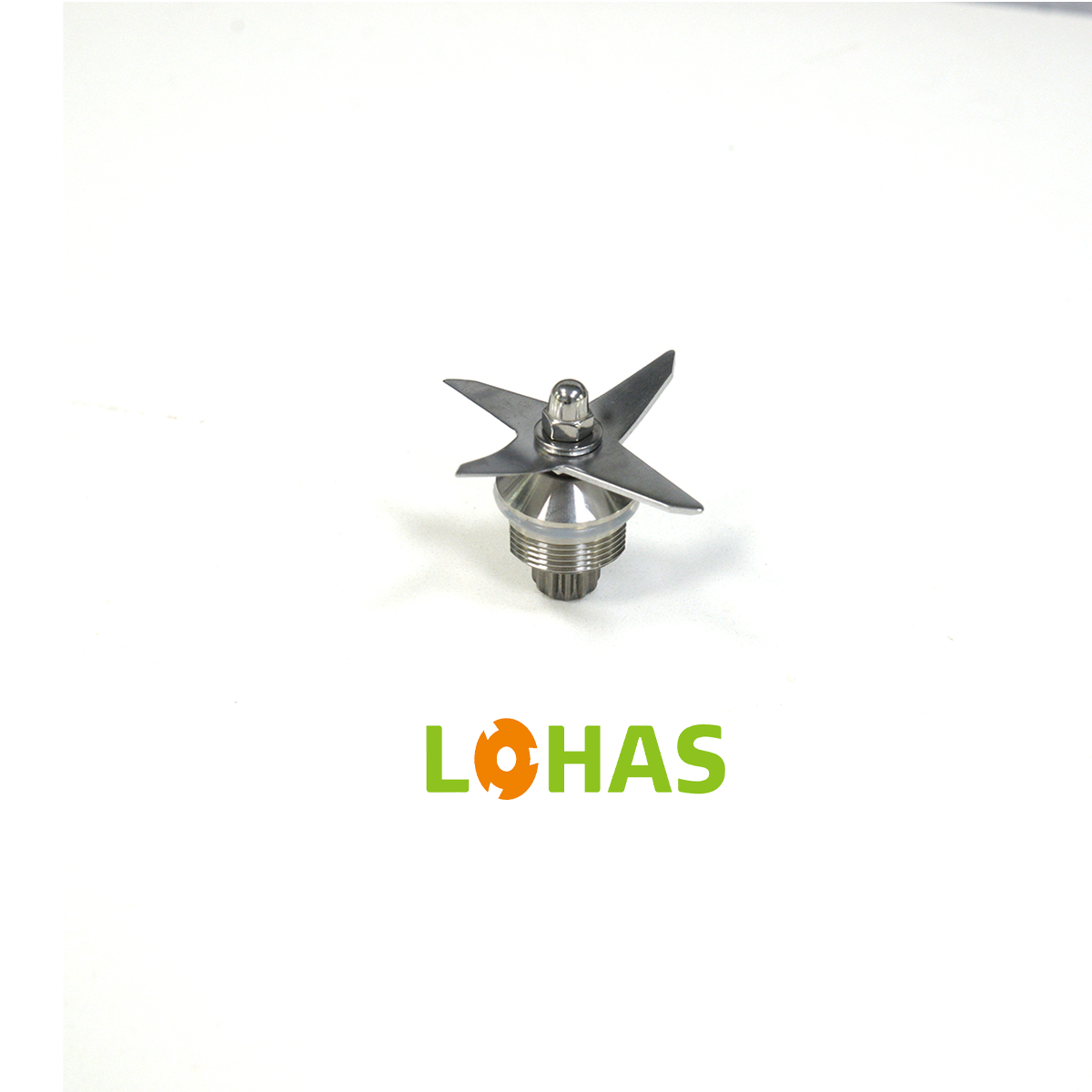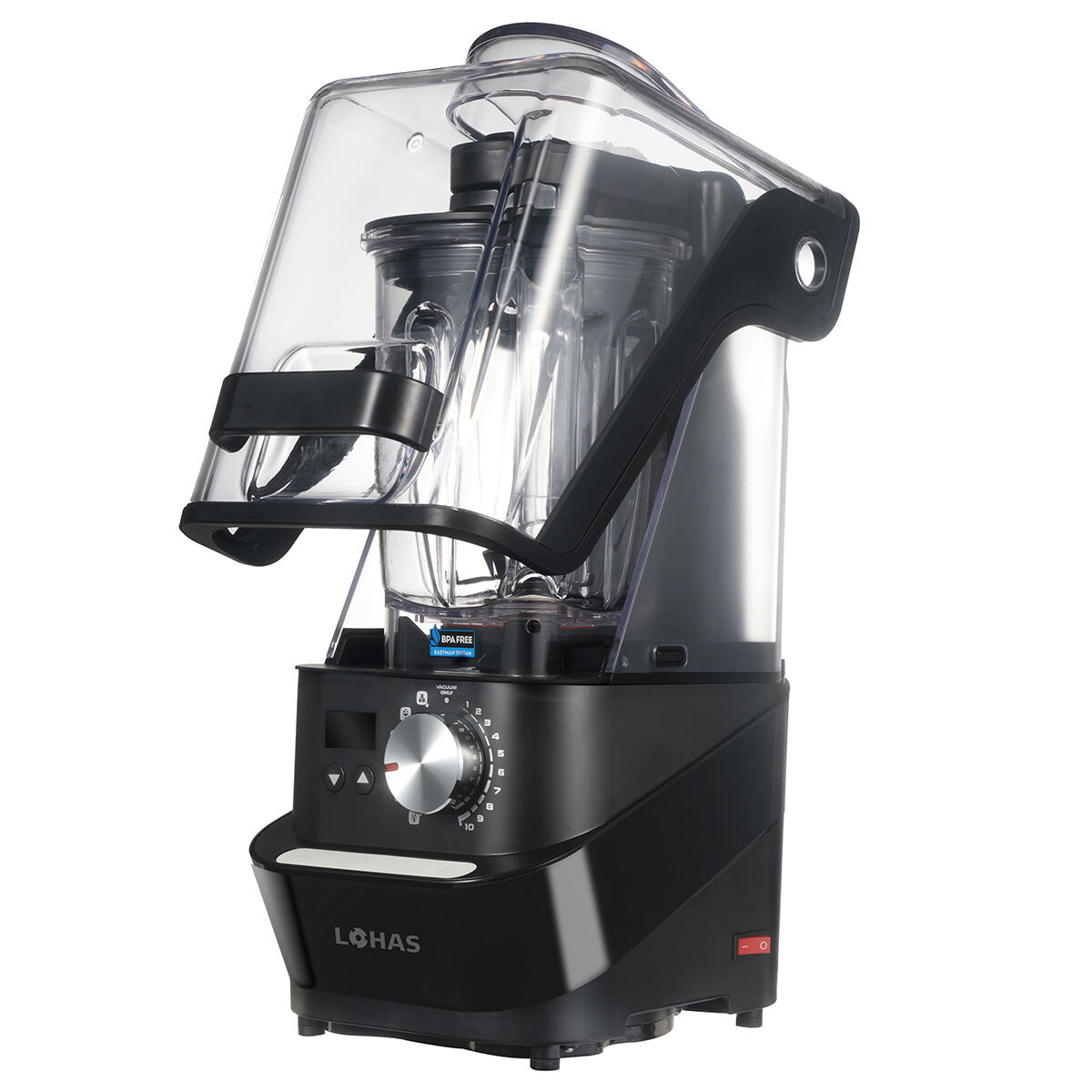When preparing smoothies and nutrient-rich beverages, maintaining the freshness and nutritional integrity of ingredients becomes paramount for health-conscious consumers. Traditional blending methods expose ingredients to oxygen during the blending process, leading to rapid oxidation that degrades vitamins, minerals, and antioxidants while compromising taste and color. A vacuum blender represents a revolutionary advancement in food preparation technology, utilizing specialized chambers that remove air before blending begins. This innovative approach creates an oxygen-free environment that significantly reduces oxidation, preserving the natural flavors, vibrant colors, and essential nutrients that make smoothies both delicious and nutritionally beneficial.
Understanding Vacuum Blending Technology
The Science Behind Vacuum Chambers
Vacuum blending technology operates on the fundamental principle of removing atmospheric pressure and oxygen from the blending chamber before processing begins. The vacuum pump creates a low-pressure environment, typically reducing air content by 80-90% compared to standard atmospheric conditions. This oxygen-depleted environment prevents the enzymatic browning reactions and lipid peroxidation that typically occur when fruits and vegetables are exposed to air during traditional blending processes.
The vacuum chamber maintains consistent pressure levels throughout the blending cycle, ensuring that ingredients remain protected from oxidative damage. Advanced vacuum systems incorporate pressure sensors and automatic controls that maintain optimal vacuum levels, adapting to different ingredient densities and volumes. This sophisticated technology transforms the molecular environment within the blender, creating conditions similar to vacuum packaging used in commercial food preservation.
Pressure Dynamics and Oxidation Prevention
When atmospheric pressure is reduced within the blending chamber, oxygen molecules become less concentrated and less reactive with food components. This reduction in oxygen availability dramatically slows the rate of oxidation reactions that typically degrade vitamins C and E, carotenoids, and polyphenolic compounds. The lower pressure environment also prevents the formation of foam and reduces the incorporation of air bubbles that would otherwise accelerate nutrient degradation.
The vacuum environment creates a protective barrier around sensitive nutrients, maintaining their molecular stability during the mechanical blending process. Research demonstrates that vacuum blending can preserve up to 85% more vitamin C compared to conventional blending methods, while also maintaining higher levels of antioxidant activity in the finished product. This preservation occurs because the absence of oxygen prevents the enzymatic cascades that break down beneficial compounds.
Nutritional Preservation Benefits
Vitamin and Mineral Retention
The oxygen-free environment created by vacuum blending significantly enhances the retention of heat-sensitive and oxygen-sensitive vitamins. Water-soluble vitamins such as vitamin C, thiamine, and folate remain more stable when processed without exposure to atmospheric oxygen. Fat-soluble vitamins including vitamin A, D, E, and K also benefit from reduced oxidative stress, maintaining their bioavailability and nutritional potency for extended periods.
Mineral content remains largely unaffected by the vacuum blending process, but the preservation of vitamin cofactors enhances mineral absorption and utilization. The maintained integrity of organic acids and natural chelating compounds ensures that minerals like iron, calcium, and magnesium remain in forms that are readily absorbed by the human digestive system. This synergistic preservation of nutrients creates smoothies with superior nutritional profiles compared to traditionally blended alternatives.
Antioxidant Activity Preservation
Antioxidant compounds such as anthocyanins, flavonoids, and polyphenols are particularly susceptible to oxidative degradation during traditional blending. The vacuum blender environment preserves these delicate compounds by eliminating the oxygen that would normally catalyze their breakdown. Studies show that vacuum-blended smoothies retain significantly higher levels of total phenolic content and antioxidant activity compared to conventionally processed beverages.
The preservation of antioxidant activity extends beyond immediate processing benefits, as vacuum-blended smoothies maintain their antioxidant potency for longer periods when stored properly. This extended stability means that prepared smoothies can retain their health benefits for several hours or even overnight, making meal preparation more convenient without sacrificing nutritional quality. The maintained antioxidant activity also contributes to better flavor stability and reduced off-taste development.

Flavor and Color Enhancement
Natural Color Preservation
One of the most visually apparent benefits of vacuum blending is the preservation of natural fruit and vegetable colors. Enzymatic browning, which causes the characteristic darkening of cut apples, bananas, and other produce, is dramatically reduced in oxygen-free environments. Vacuum blending maintains the vibrant reds of berries, the bright oranges of carrots and mangoes, and the deep greens of leafy vegetables, creating visually appealing smoothies that retain their natural appearance.
The color preservation extends beyond aesthetics, as many pigment compounds also serve as important antioxidants and phytonutrients. Chlorophyll in green vegetables, carotenoids in orange produce, and anthocyanins in purple fruits all contribute to both color and nutritional value. By preventing oxidative degradation of these compounds, vacuum blending ensures that the visual appeal of smoothies correlates directly with their nutritional density.
Taste Profile Optimization
Vacuum blending significantly improves taste profiles by preventing the development of bitter or metallic off-flavors that often result from oxidation. The oxygen-free environment preserves the natural sweetness of fruits while maintaining the subtle flavor nuances that make each ingredient distinctive. This preservation of authentic flavors allows for more complex and satisfying taste experiences without the need for additional sweeteners or flavor enhancers.
The reduced oxidation also prevents the formation of aldehyde compounds that contribute to rancid or stale flavors in traditionally blended smoothies. Fresh, clean taste profiles are maintained for extended periods, allowing vacuum-blended smoothies to taste freshly prepared even after several hours of storage. This flavor stability makes vacuum blending particularly valuable for commercial smoothie operations and meal prep applications.
Texture and Consistency Improvements
Smooth Texture Development
The vacuum environment influences texture development by preventing excessive air incorporation during blending. Traditional blenders often create foamy, aerated textures that can feel light but may separate quickly upon standing. Vacuum blending produces denser, more cohesive textures that feel substantial and satisfying while maintaining smooth consistency throughout the beverage.
The absence of air bubbles also allows for more efficient blade action, creating more thorough ingredient breakdown and integration. This results in smoother textures with fewer particle inconsistencies, particularly beneficial when blending fibrous ingredients like kale, celery, or tough-skinned fruits. The improved texture quality enhances the overall sensory experience of consuming vacuum-blended smoothies.
Stability and Separation Resistance
Vacuum-blended smoothies demonstrate superior stability characteristics compared to conventionally prepared beverages. The dense, non-aerated consistency resists separation and stratification, maintaining homogeneous mixtures for extended periods. This stability reduces the need for frequent stirring or re-blending, making vacuum-prepared smoothies more convenient for storage and transportation.
The improved stability also enhances mouthfeel consistency from the first sip to the last, ensuring that flavor delivery remains constant throughout consumption. This characteristic makes vacuum blending particularly valuable for commercial applications where consistent product quality is essential for customer satisfaction and brand reputation.
Storage and Shelf Life Extension
Extended Freshness Duration
The reduced oxidation achieved through vacuum blending translates directly into extended shelf life for prepared smoothies. While traditionally blended smoothies may begin showing signs of degradation within hours, vacuum-blended alternatives can maintain quality for 24-48 hours when properly refrigerated. This extension in freshness duration makes vacuum blending ideal for batch preparation and commercial distribution.
The extended freshness is not merely cosmetic but represents genuine preservation of nutritional quality, flavor integrity, and food safety characteristics. Vacuum-blended smoothies maintain their original vitamin content, antioxidant activity, and taste profiles significantly longer than conventional alternatives, providing real value for consumers who prioritize both convenience and nutrition.
Optimal Storage Practices
To maximize the benefits of vacuum blending, proper storage techniques should complement the oxygen-free processing. Airtight containers, preferably with minimal headspace, help maintain the low-oxygen environment created during blending. Glass containers with tight-sealing lids provide the best protection against external oxygen infiltration while avoiding potential chemical interactions with plastic materials.
Refrigeration temperatures between 35-40°F optimize the preservation benefits of vacuum blending by slowing any remaining enzymatic activity. Quick consumption within the extended freshness window ensures maximum nutritional benefit, while proper labeling helps track preparation dates for food safety compliance in commercial settings.
FAQ
How long do vacuum-blended smoothies stay fresh compared to regular smoothies?
Vacuum-blended smoothies typically maintain their freshness, nutritional content, and flavor for 24-48 hours when properly refrigerated, compared to traditional smoothies which may begin deteriorating within 4-6 hours. The oxygen-free processing environment significantly slows oxidation reactions that cause nutrient degradation and flavor changes, extending the viable storage period by up to 800% in optimal conditions.
Can vacuum blending preserve all types of vitamins equally well?
Vacuum blending is particularly effective at preserving oxygen-sensitive vitamins such as vitamin C, vitamin E, and certain B-complex vitamins like thiamine and folate. While it provides some protection for all vitamins, the greatest benefits are seen with those most susceptible to oxidative degradation. Fat-soluble vitamins and minerals are generally more stable during processing but still benefit from the reduced oxidative stress environment.
Does vacuum blending affect the fiber content of fruits and vegetables?
Vacuum blending does not significantly alter the total fiber content of ingredients, as fiber is primarily a structural component that remains stable during processing. However, the improved blending efficiency in oxygen-free environments may create more uniform particle sizes, potentially affecting the texture and mouthfeel of fibrous components while maintaining their nutritional benefits and digestive function.
Are there any ingredients that should not be vacuum blended?
Most fruits, vegetables, and standard smoothie ingredients are well-suited for vacuum blending. However, ingredients that naturally produce significant amounts of gas or foam, such as carbonated beverages or certain protein powders, may not be ideal candidates. Additionally, ingredients that require air incorporation for texture, like whipped cream or certain mousses, would not benefit from vacuum processing techniques.

